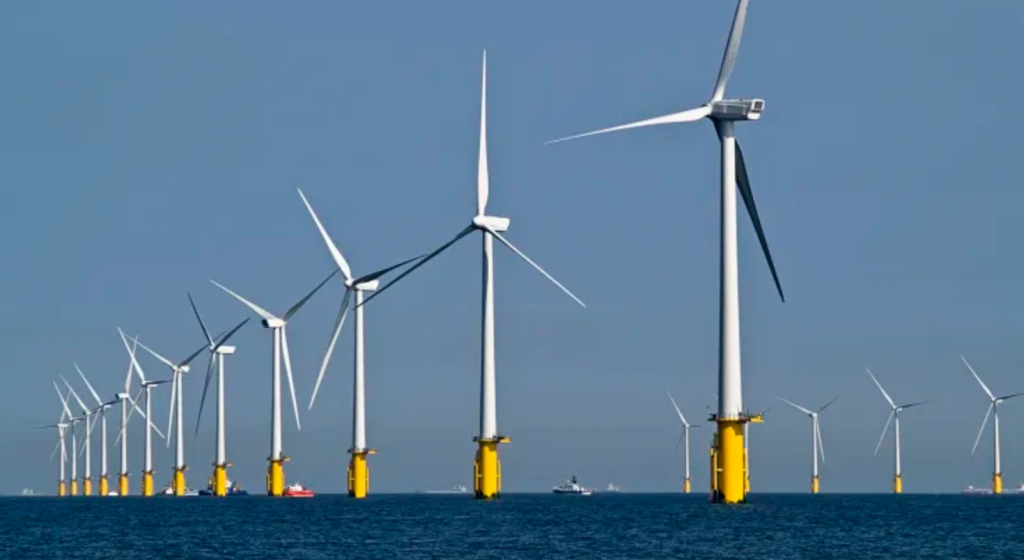
Offshore wind farms are a promising source of renewable energy, but concerns have been raised about their potential impact on marine life. While there is no denying that the construction and operation of these facilities can have some negative effects on aquatic ecosystems, studies have found that these impacts are generally minimal and can be mitigated through careful planning and management.
One of the main concerns surrounding offshore wind farms is the potential for collisions between turbines and marine animals, such as birds, bats, and marine mammals. While these collisions can occur, studies have found that they are relatively rare and that the overall impact on populations is minimal. In fact, some studies have suggested that offshore wind farms may actually provide new habitat for certain species, such as fish and shellfish, which can use the structures as artificial reefs.
Another concern is the potential for underwater noise from construction and operation of the wind farms to impact marine life. While sound can have negative effects on some species, studies have found that the noise levels produced by offshore wind turbines are generally not harmful to most marine life. In fact, some species, such as certain types of fish, have been found to be attracted to the underwater noise produced by the turbines.
Overall, while there are some potential negative impacts of offshore wind farms on marine life, the evidence suggests that these impacts are generally minimal and can be managed effectively through careful planning and monitoring. With proper management, offshore wind farms can provide a reliable source of renewable energy while minimizing their impact on the environment.
